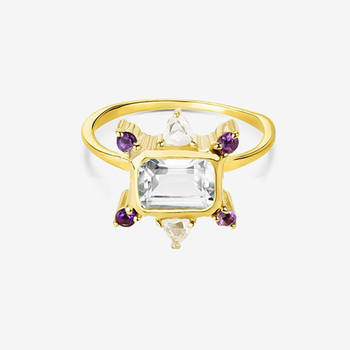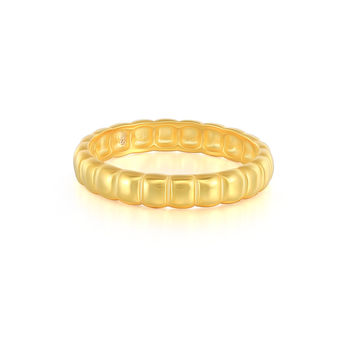Gold plated sterling silver
(21)
Sort by:
- 1
- 2
Gold plated sterling silver, For those who want to purchase gold-plated jewelry, but don't want to spend the money on gold, these pieces are a great option. They are crafted with 14k gold plating, which is layered on top of a base metal. The result is a gleaming piece of jewelry that will make any outfit pop.
Gold plated jewelry offers a budget-friendly option to buying pure gold jewelry. It gives you the look and the style without the high price tag that comes with gold, and is ideal for jewelry you don’t plan to wear on a daily basis.
Gold plated jewelry
Gold plating comes in varying levels of quality, largely depending on the thickness and purity of the gold coating, the base metal used for the piece and the quality of craftsmanship. Once plated, it’s almost impossible to tell real gold from gold plated jewelry just by looking at it. As with all things, there are drawback to choosing gold plated jewelry. Tarnishing, fading and replating are common issues you’ll encounter.Gold plating is a process where a thin layer of gold is bonded onto a base metal. Plating is quite common in the jewelry world, with gold and rhodium being two popular types. This process was invented by an Italian chemist, Luigi Brugnatelli in 1805, the first person to plate a thin coat of gold onto silver.
Gold plating is commonly used for costume jewelry or to mimic more expensive pieces. It is almost impossible to tell apart expensive pieces of gold jewelry from inexpensive gold plated imitations. Gold plating of silver is used in the manufacture of jewelry. The thickness of gold plating on jewellery is noted in microns (or micrometers). The microns of thickness determines how long the gold plating lasts with usage. The jewellery industry denotes different qualities of gold plating in the following terminology Gold flashed / Gold washed - gold layer thickness less than 0.5 micron Gold plated - gold layer thickness greater than or equal to 0.5 micron Heavy gold plated / Vermeil - gold layer thickness greater than or equal to 2.5 micron Gold plated silver jewellery can still tarnish as the silver atoms diffuse into the gold layer, causing slow gradual fading of its color and eventually causing tarnishing of the surface. This process may take months and even years, depending on the thickness of the gold layer. A barrier metal layer is used to counter this effect - these can be nickel or rhodium. Copper, which also migrates into gold, does so more slowly than silver. The copper is usually further plated with nickel. A gold-plated silver article is usually a silver substrate with layers of copper, nickel, and gold deposited on top of it.How do you clean gold plated jewelry?
The best method for cleaning gold-plated jewelry is to let it soak in warm, soapy water. First, fill a bowl with lukewarm water (be sure that the water isn't too hot), and then add a few drops of dish soap to the bowl. Mix it up to create a soapy bath, and allow your gold-plated chains to soak for 10 to 15 minutes




















